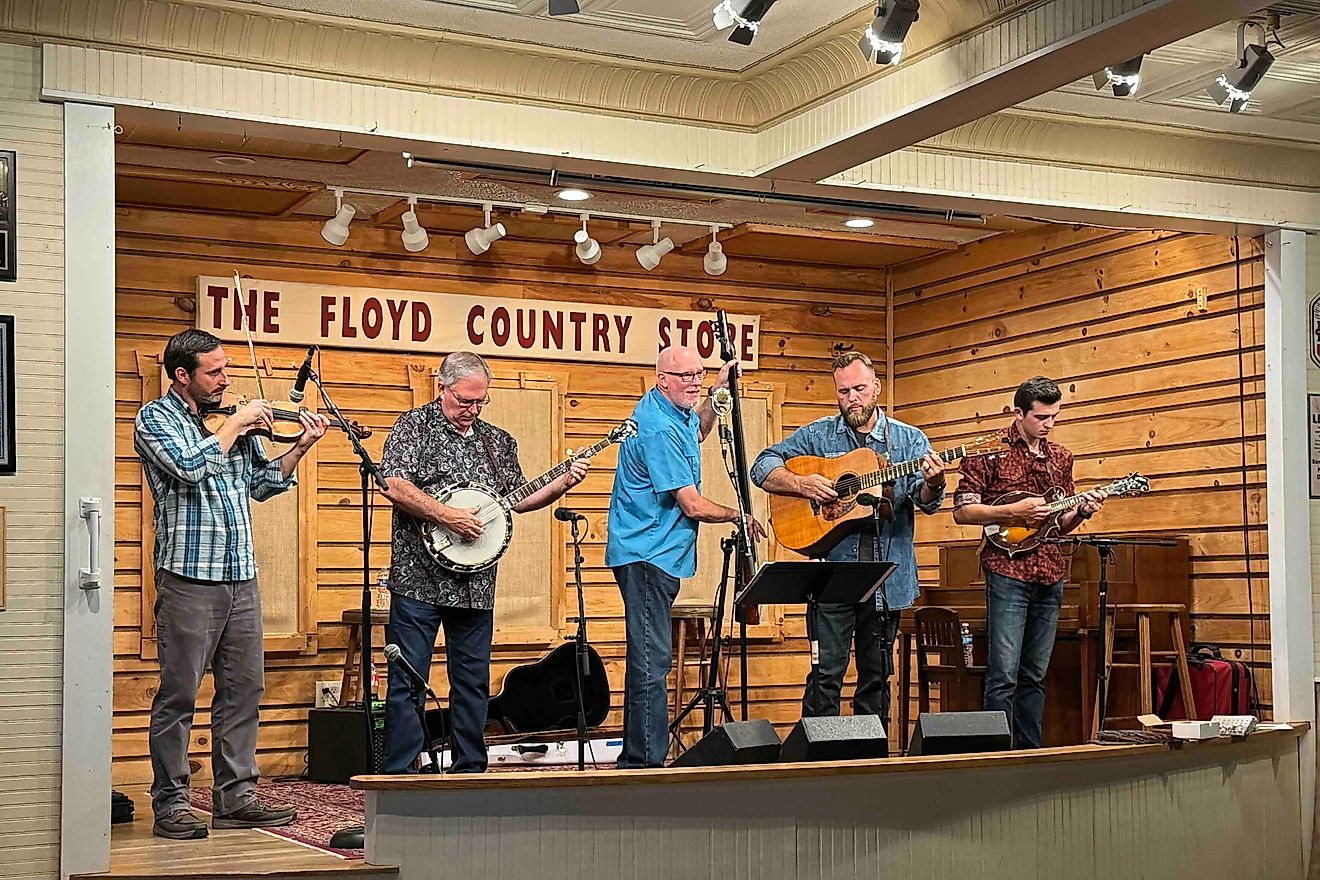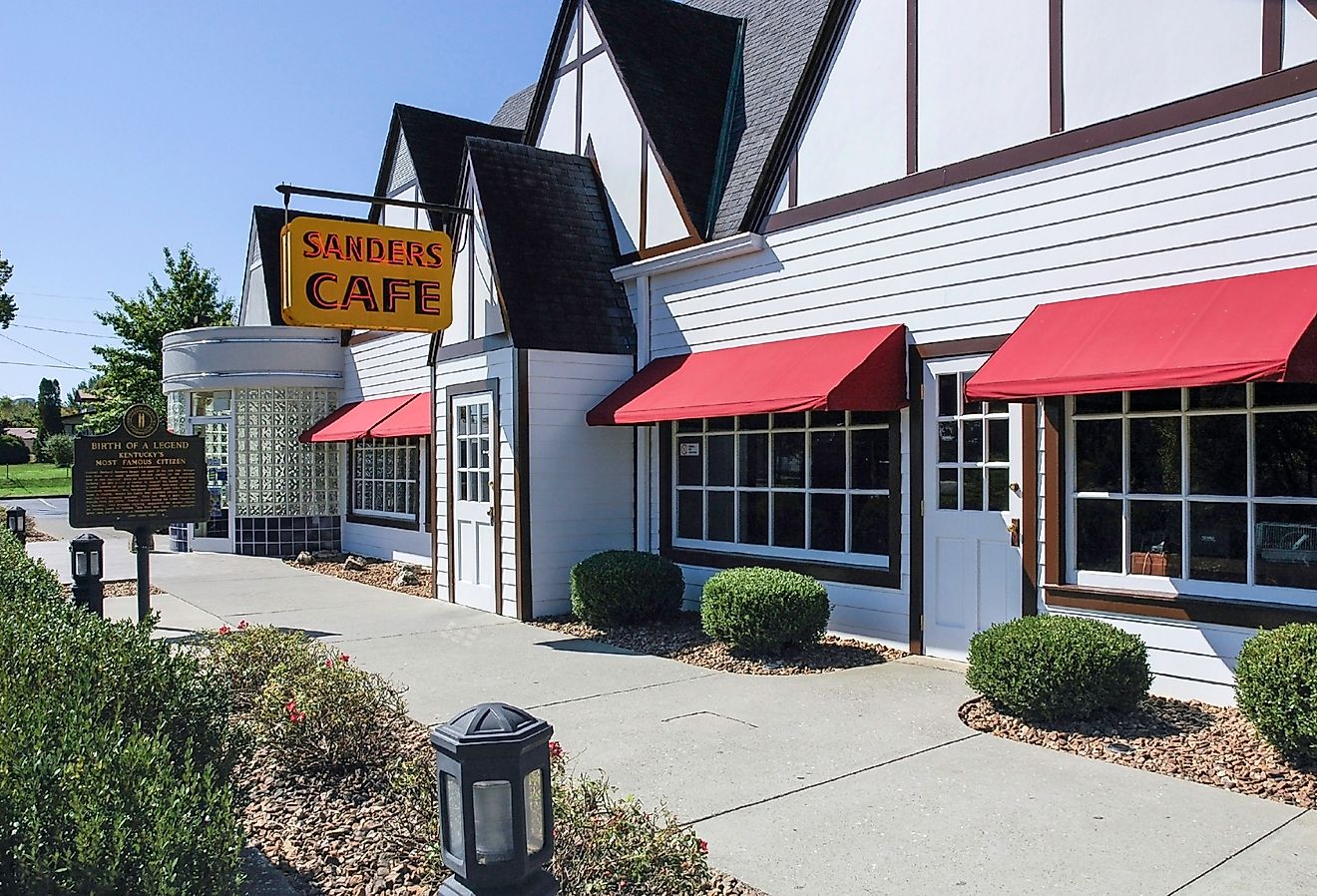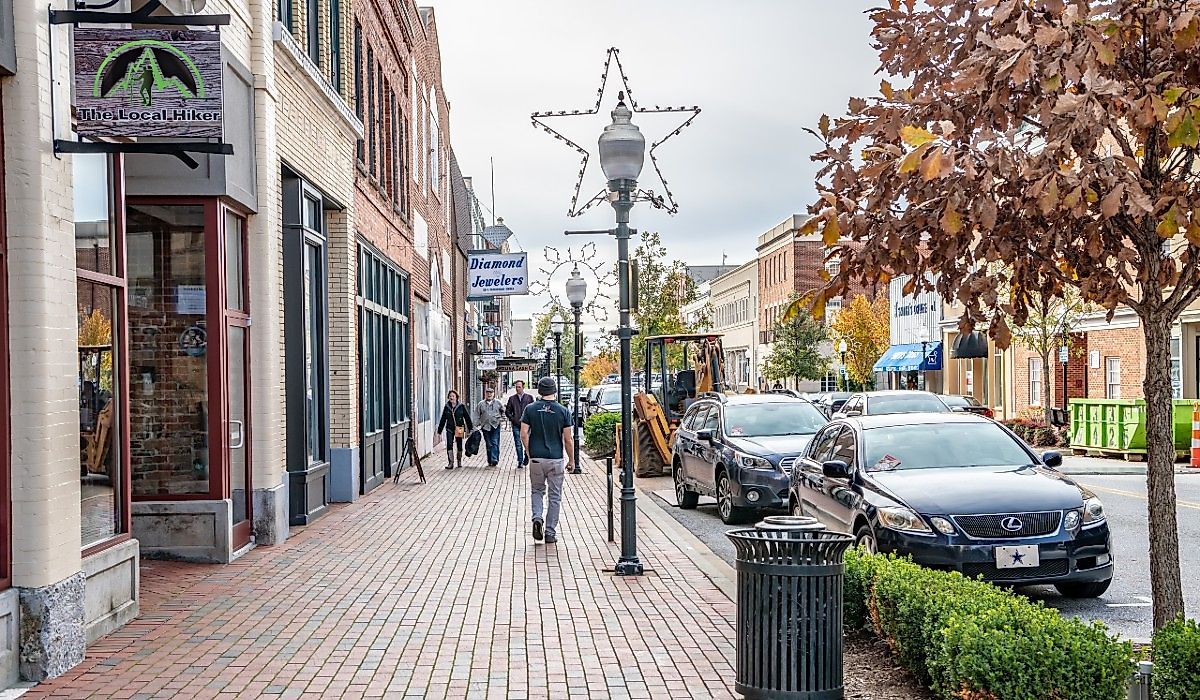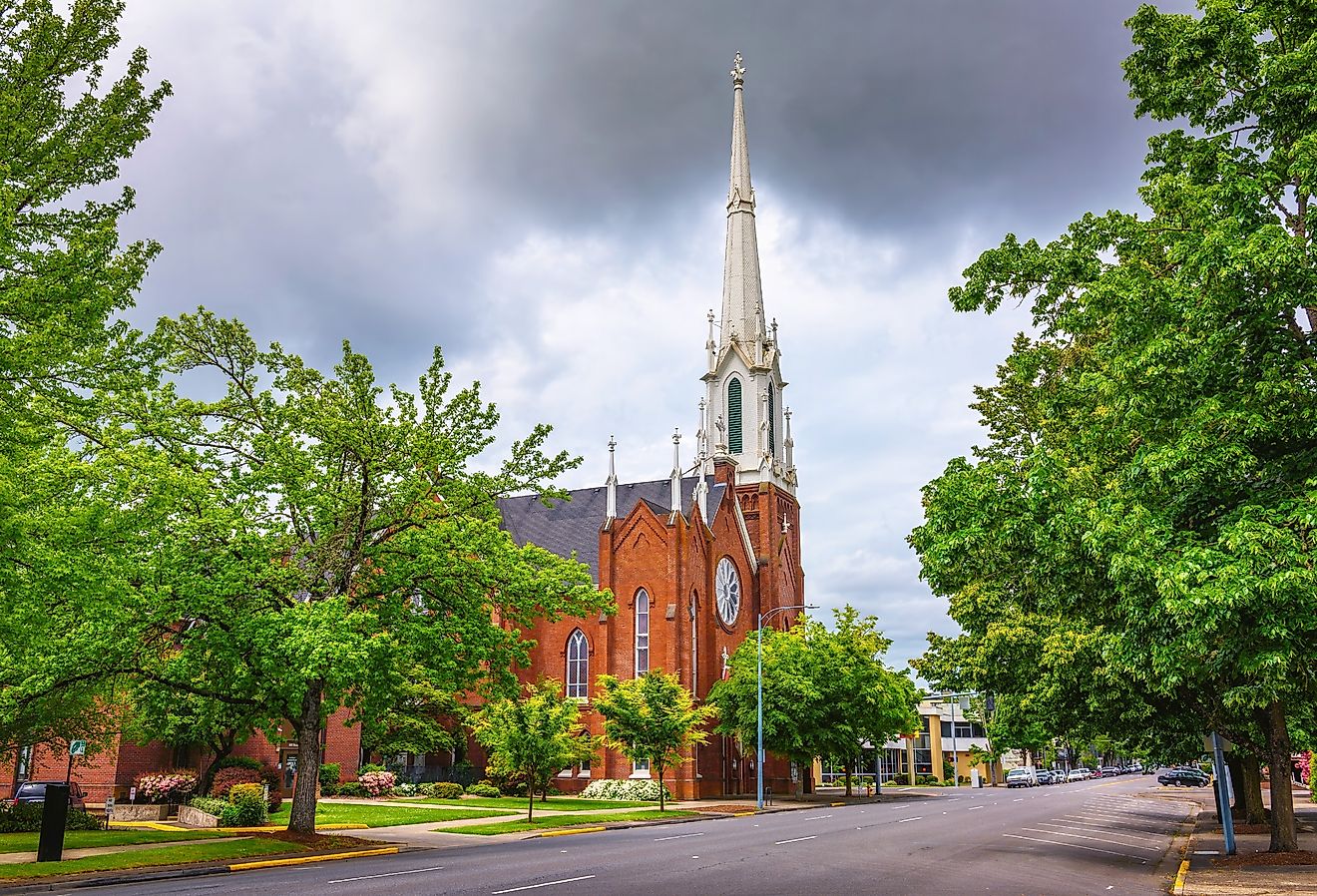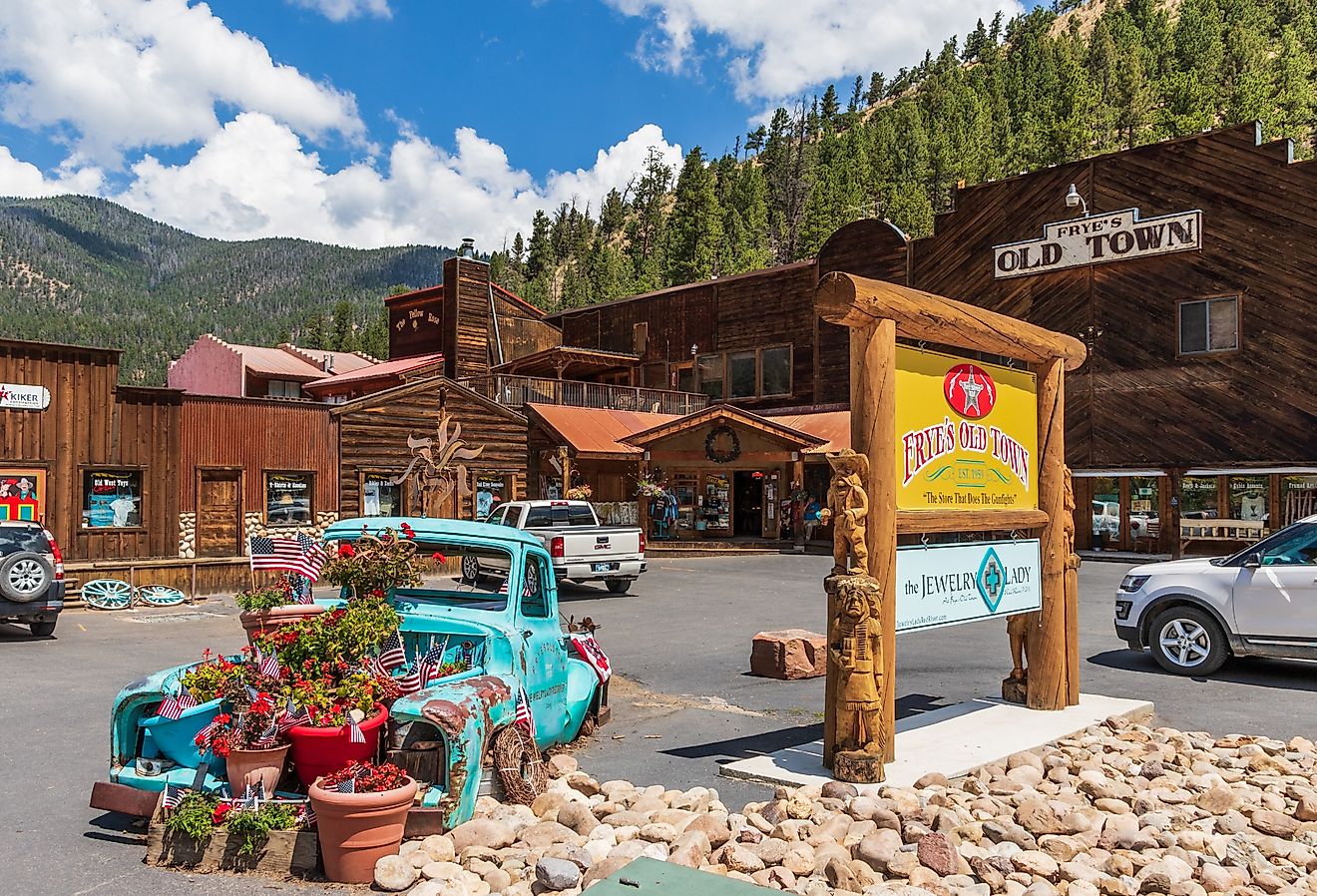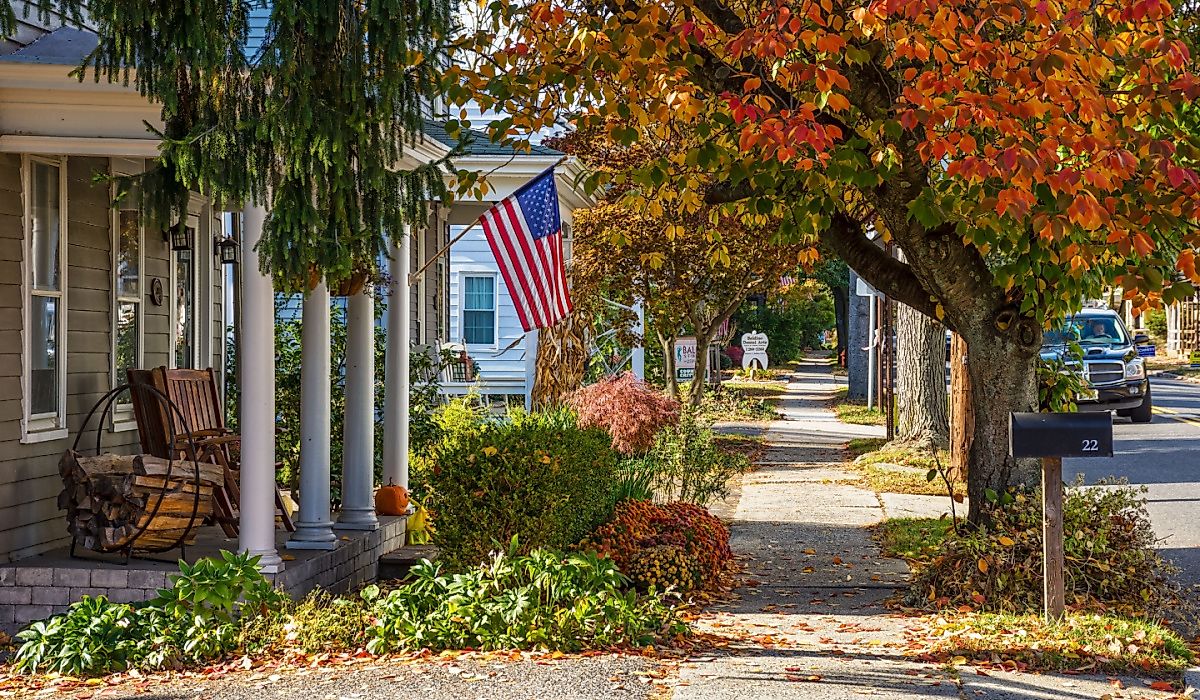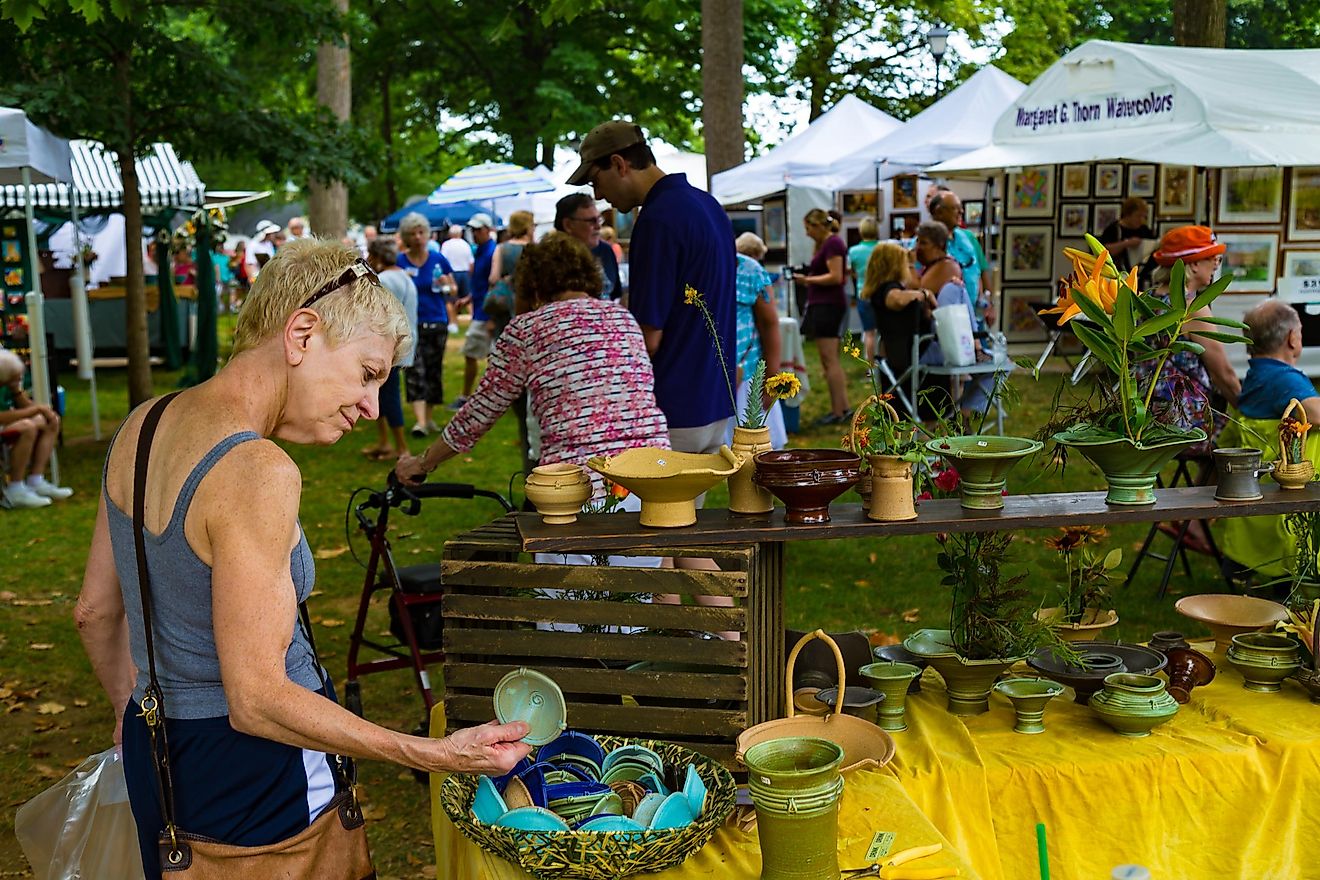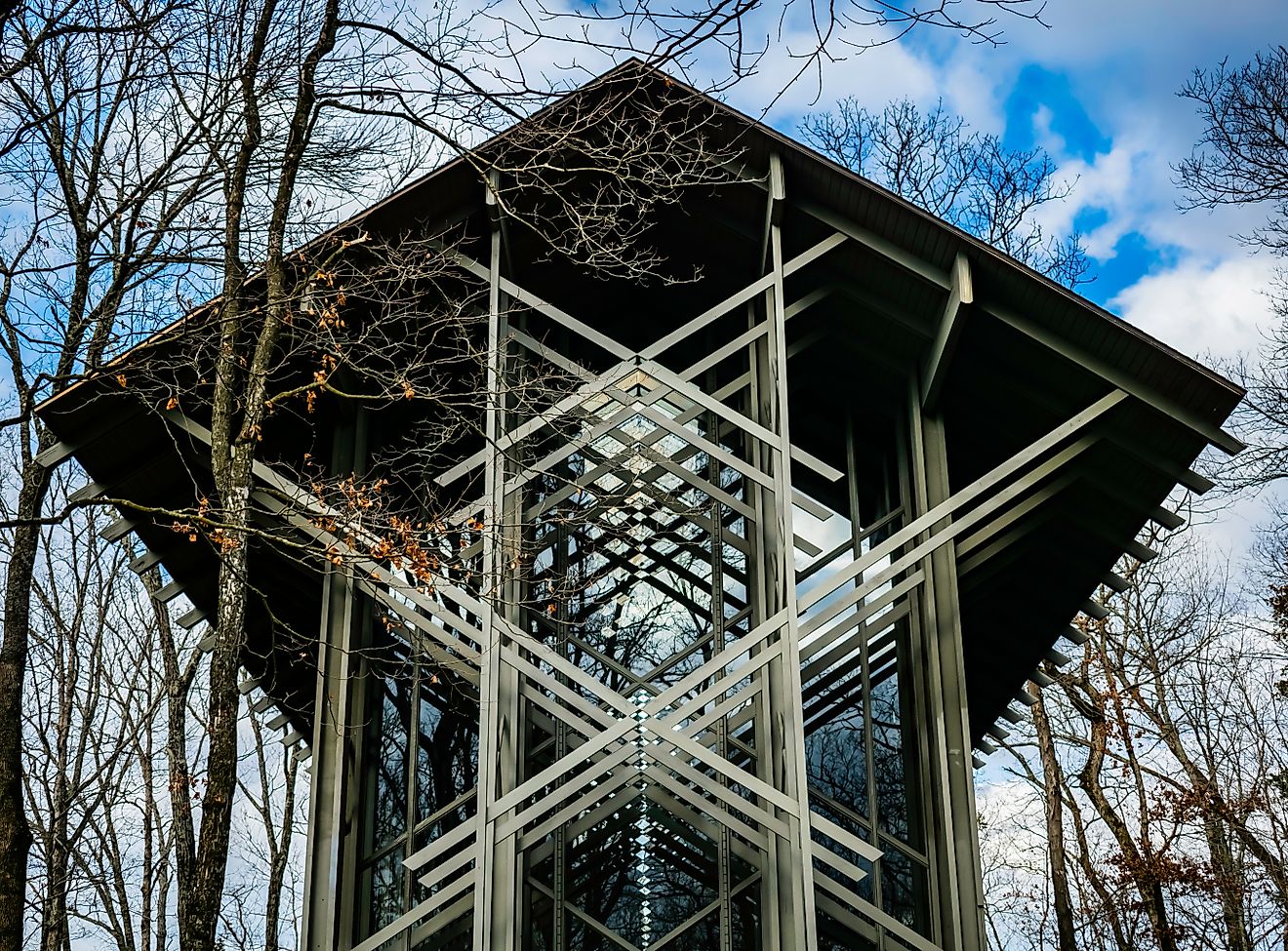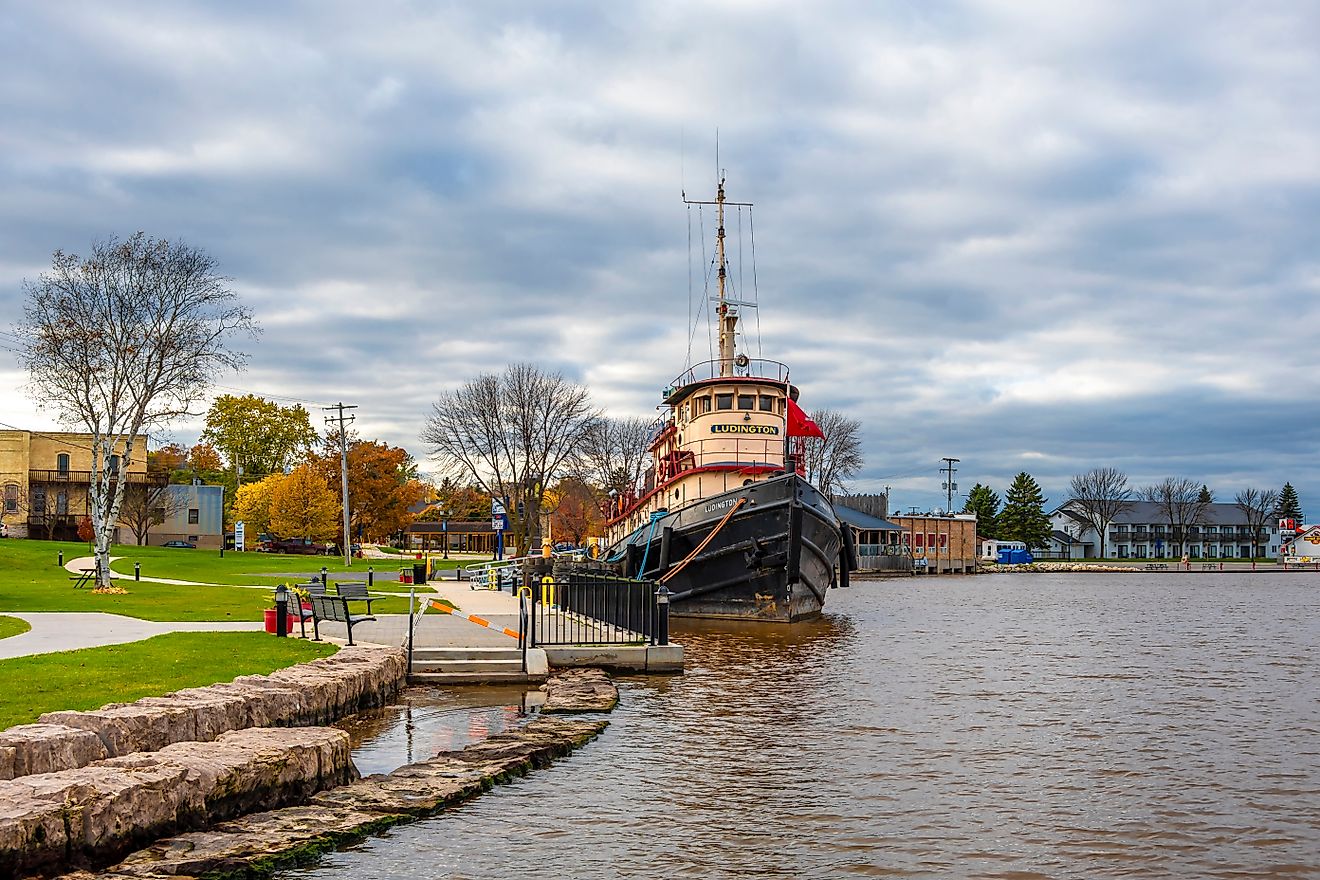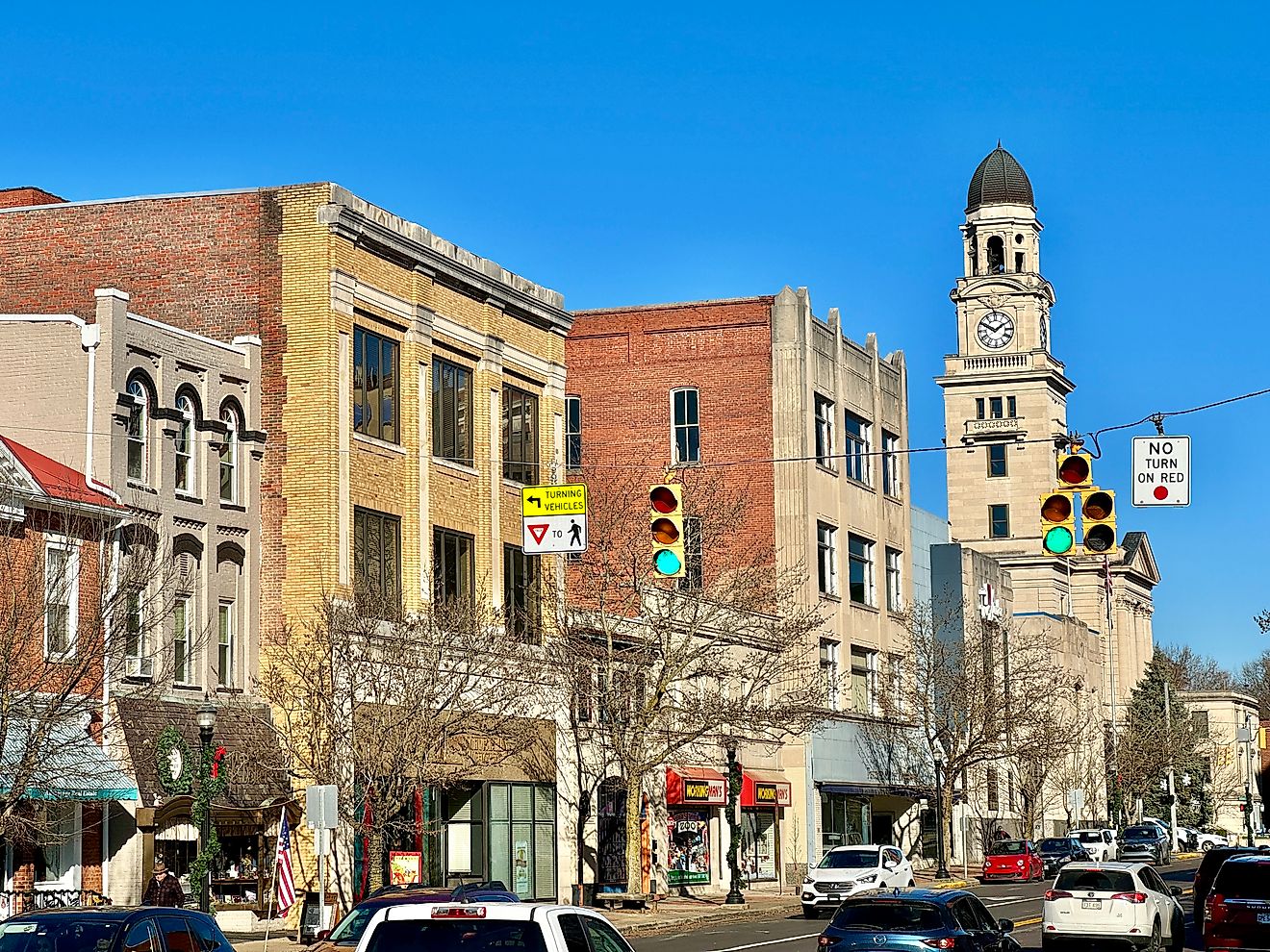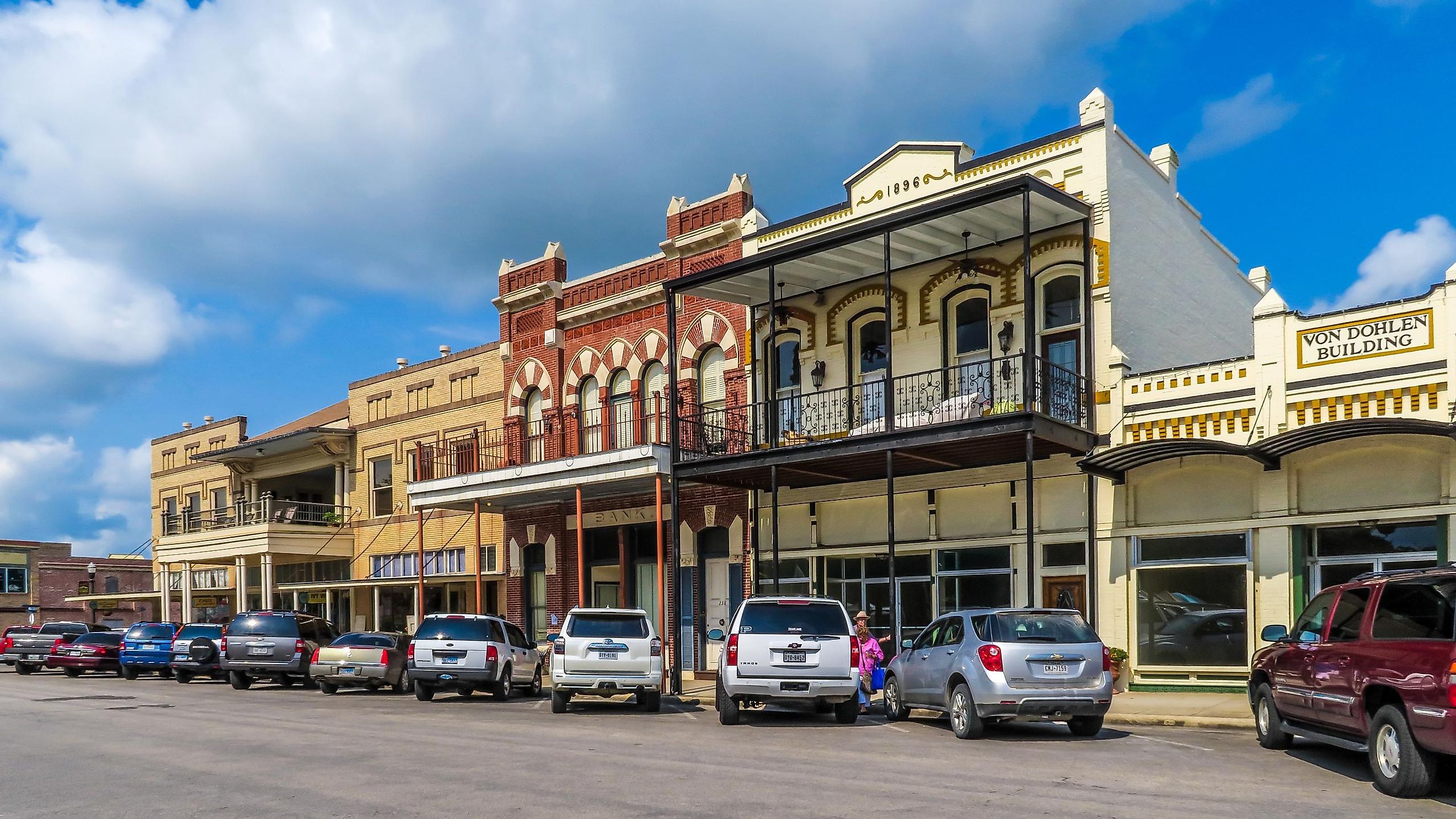
These Historic Towns in Texas Are Worth Exploring
While the American Revolutionary War in the 1700s concerned the liberation of the Thirteen Colonies from British rule, the Texas Revolution from 1835 to 1836 focused on the separation between the Republic of Texas and Mexico. Fighting for the Texas cause of independence were Texans (Anglo-American settlers of the Mexican state of Coahuila and Texas) and Tejanos (Texans of mixed Mexican, Apache, Comanche, Caddo or Hasinai, and other Native American descent). Many of the small towns of Texas bear the scars of liberation. From unfortunate episodes in Goliad and Gonzales to the final destinations for a diaspora like Ysleta and Port Isabel, these small towns are riddled and bombarded with history. So prepare for a rodeo in this Lone Star State where cowboys once roamed and cattle still graze.
Ysleta
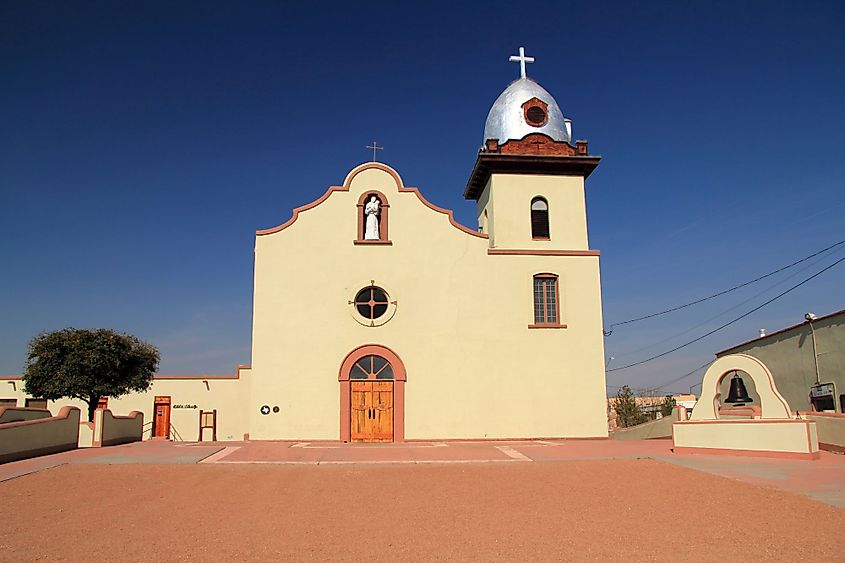
Ysleta (an alternative spelling for the Spanish word isleta meaning “island”) is one of the oldest towns in Texas, dating well back to 1680. It is a small part of the Ciudad Juarez community in El Paso. When the Pueblo Revolt in New Mexico commenced around the period, Spanish Conquistadors, Franciscan clerics, and Tigua Native Americans fled to the Rio Grande in what was once a part of New Mexico. Today, Ysleta acts as a bountiful agricultural community for the descendants of the Tigua people. In addition, the Ysleta del Sur Pueblo (YDSP)—one of the three federally recognized Native American Pueblos in Texas—promote cultural heritage and historic preservation of the greater El Paso region. Tourists can venture into the high-altitude basin of the Hueco Tanks (Spanish for “hollow”) between the Franklin Mountains and the Hueco Mountains. There, the Tigua people gather in the many water-holding depressions for prayers and gatherings.
Presidio
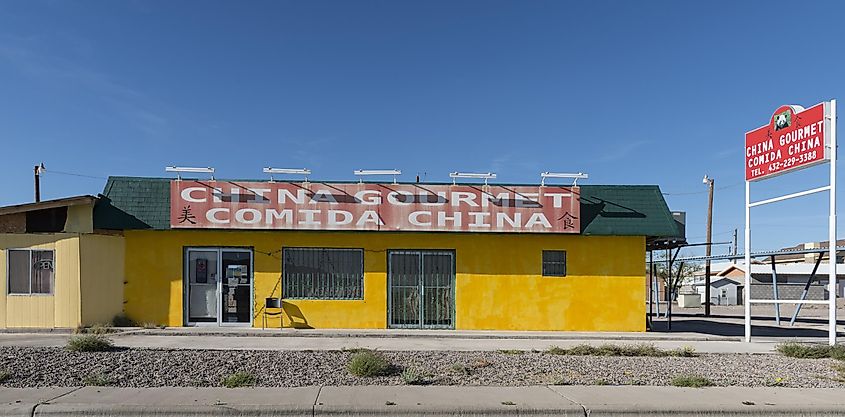
Presidio straddles the delicate line of the US-Mexico border as a neighbor to Ojinaga, Mexico. Although the town was established in 1683 A.D. thanks to Spanish explorer Alvar Nunez Cabeza de Vaca, it has been inhabited by various indigenous groups as far back as 1500 B.C. due to its prime location at the confluence of the Rio Grande and the Rio Conchos. Marvelous sites are abundant in Presidio, such as the ghostly Chinati Mountains, where mysterious lights have been appearing almost every night since the 1800s. You might be invested in panoramic vistas and Texas’ two tallest waterfalls in the Big Bend Ranch State Park. In terms of historic attractions, the Fort Leaton State Historic Site stands as the largest fortified adobe structure in Texas, testifying to the Spanish word presidio for “a fortified military settlement.” One can gaze into the uncontaminated night sky at the McDonald Observatory. Lastly, visitors can tour sites where notorious Mexican bandits like Pancho Villa headquartered.
Goliad
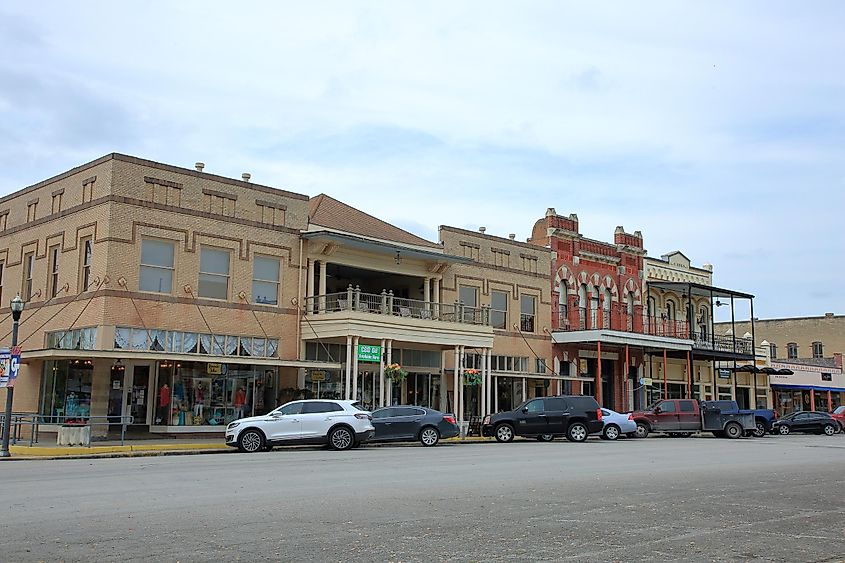
About 26 miles from Victoria, Goliad is the third oldest community in Texas. The modern town of Goliad began in 1749 when Spanish missionaries relocated the Mission Espiritu Santo de Zuniga from Guadalupe River at Mission Valley to Goliad. Originally, the town was called “La Bahia” because of its proximity to the Matagorda Bay, but was renamed in 1829 after Spanish missionary priest, Father Hidalgo (Goliad is an anagram of Hidalgo without the “H”). Today, visitors can see a refurnished restoration of the Spanish Colonial era Mission of Nuestra Senora del Espiritu Santo de Zuniga at the Goliad State Park, located on the San Antonio River. You can also see the birthplace of General Ignacio Zaragoza at the Presidio la Bahia. Goliad’s saddest chapter, the Goliad Massacre, transpired at the Fannin Battleground State Historic Sites. There, Col. James W. Fannin and 342 of his men were executed after the Battle of Coleta Creek during the Texan War for Independence. This event later inspired the Texan cause to cry "Remember Goliad!" at the battle of San Jacinto.
Gonzales
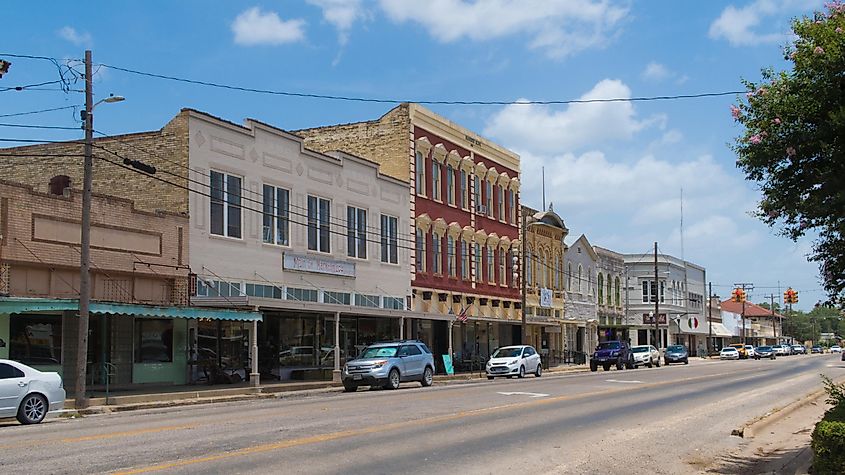
The Texas Revolution started with the first cannon fire from Gonzales. In the Gonzales Memorial Museum, travelers can learn all about the Immortal 32, a group of volunteers from Gonzales who fought in the Alamo. The cannon that kickstarted the Texas Revolution can also be marveled at the museum. Aside from this, visitors can step back into the early Texan, frontier-style life at the Eggleston House, the J.B. Wells House Museum, and the Pioneer Village Living History Center. These self-guided exhibits and museums provide informative and insightful panoramas to Texas in the 1800s and how Texas independence came to be. Of course, the best sites to truly learn about the town’s historical significance are the 100 historical markers all over Gonzales. From the 1835 Attack at Sandies Water Hole to the 1835 Battle of Gonzales, the town is teeming with informational markers to help tourists know more about what transpired. So explore this town on the banks of the Guadalupe River and only about 73 miles from San Antonio.
San Augustine
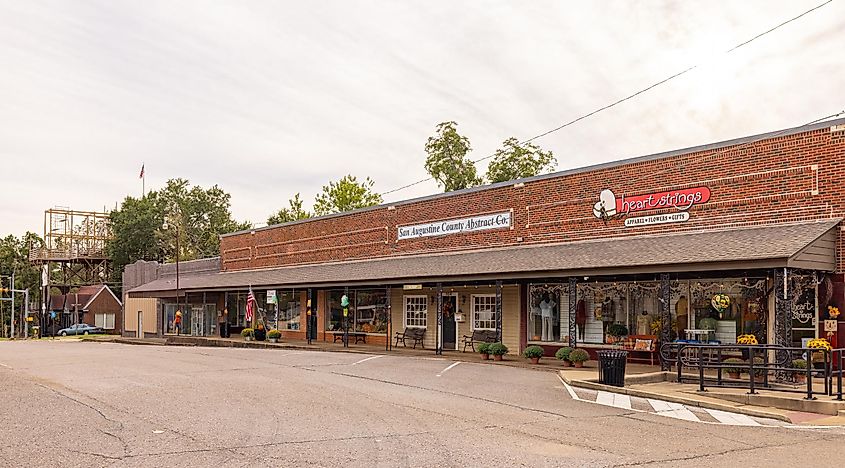
San Augustine sits as the county seat in the San Augustine County, a 524-square-mile region comprising the East Texas Timberlands. Long before the Spanish and French arrived, the land was occupied by the Hasinai and Ais (Ayish) tribes, part of the greater Caddoan society. In 1834, the town was properly established along El Camino Real de los Tejas, the “Royal Highway” that ran from the Rio Grande to the state of Louisiana. For many years in the 1800s, the town served as a point of trade and politics during the days of the Texas Republic. Visitors can admire the Mission Dolores State Historic Site, which commemorates the location of a Spanish mission founded in 1716 before the town was fully established. In addition, the San Augustine County Courthouse is the third judicial courthouse to service the whole county since 1927.
Nacogdoches
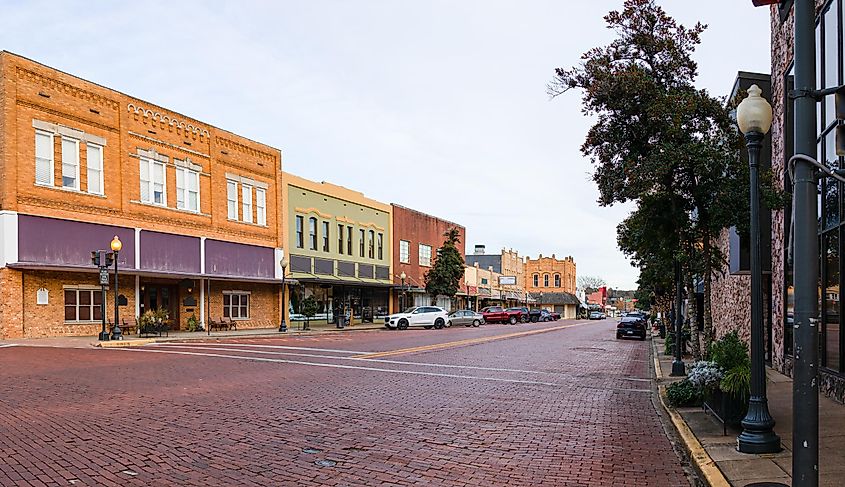
Often called “the oldest town in Texas,” Nacogdoches was founded by Don Antonio Gil Y'Barbo in 1779, whose statue welcomes visitors from far and wide. The Spaniards built the town at a Caddo or Hasinai settlement that had existed for many years prior. A local legend states that the settlement was named after Nacogdoches, one of the twins of an old Caddo chieftain who lived near the Sabine River. When the Spaniards met the Caddo, they were greeted with the word “Taychas” meaning “friend.” Later on, the Caddos were often referred to by the Spaniards as “Tejas.” Eventually, the great land itself was called Texas.
Today, the Caddo Mounds State Historic Site now acts as a ceremonial center for the great Mound Builder Culture. About nine miles away is the Mission Tejas State Park, a commemorative representation of the first Spanish mission in Texas, the Mission San Francisco de los Tejas of 1690. The town itself contains numerous historical amenities such as the Stone Fort Museum, the Texas State Railroad, and the Sterne-Hoya Museum and Library.
Port Isabel
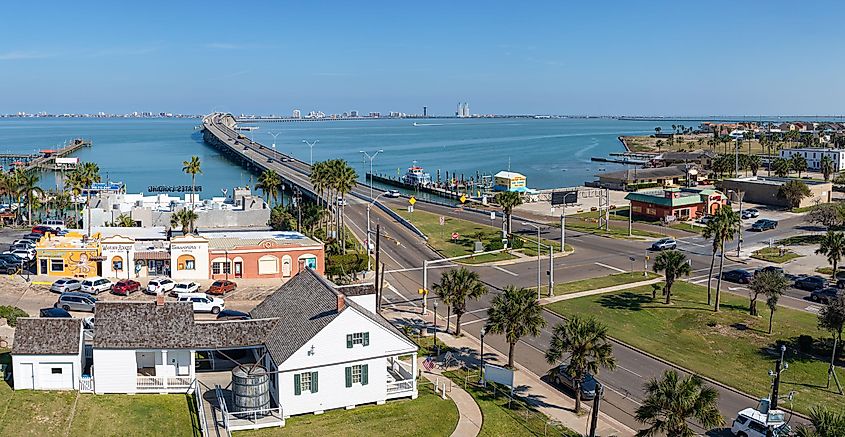
On the southern tip of Texas and overlooking the Gulf of Mexico, Port Isabel tells many tribulations and harrowing travels across land and sea. The historic Port Isabel Lighthouse is a defining feature of the seaside town. The Lighthouse Keeper’s Cottage contains memorabilia and artifacts narrating the history of the Laguna Madre area. Meanwhile, the Treasures of the Gulf Museum tells the tale of three Spanish ships that perished off the Texas Gulf Coast in 1554. This museum also elaborates on the possible pirate treasures still stashed in or around Port Isabel. The Port Isabel Historical Museum houses a large collection of wartime items from the US-Mexican War. The town is riddled with more historical markers that tourists can visit at their leisure, such as Fort Polk, Port of Matamoros, Queen Isabel Inn, and the Port Isabel Cemetery.
Bandera
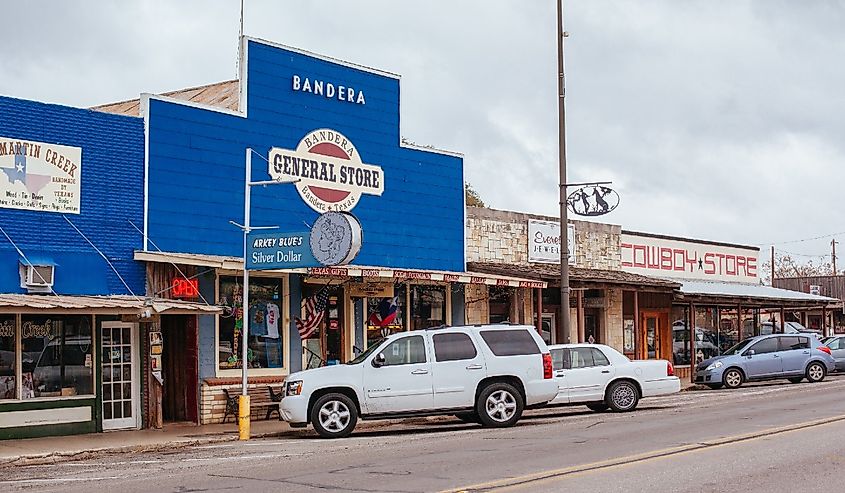
Bandera proclaims itself to be the “Cowboy Capital of the World.” Certainly, much of the town’s history has been centered around the bravado of these wild westerners. One of the most notable cowboy adventures in Bandera was the last great cattle drives in the 1800s, commemorated by a bronze monument of National Rodeo Champions. In addition, many ferocious battles between the Apache, Comanche, and the Spanish Conquistadors took place in Bandera Pass. Legend has it that for years afterwards, a red bandera (Spanish for “flag”) was flown over the battlefield to define the boundary between Spanish and Native American hunting grounds. Aside from influences from Mexican, Native American, and Western cultures, Bandera was also shaped by sixteen families of Polish immigrants in 1855. Much of Bandera’s structures, especially the mills that the Polish immigrants worked in, are of Polish design. Another good example is the St. Stanislaus Catholic Church, second oldest Polish Catholic Church in the US.
In Conclusion
As the second largest state in the US, Texas is a land marked by extreme swings of history. Sites of many massacres and wars haunt the small towns of the Lone Star State. Yet these sites also campaign and celebrate the independence earned from such a period. President John F. Kennedy was assassinated in Dallas, Texas, yet the state is still a wonderful place to listen to world-famous country music and experience a cowboy culture and rodeo unique compared to all other places. Furthermore, Texas is a gun-friendly state and the location of NASA’s most crucial infrastructure, the Lyndon Johnson space center in Houston. In essence, Texas is a land of strange extremes that visitors can certainly be intrigued by.
